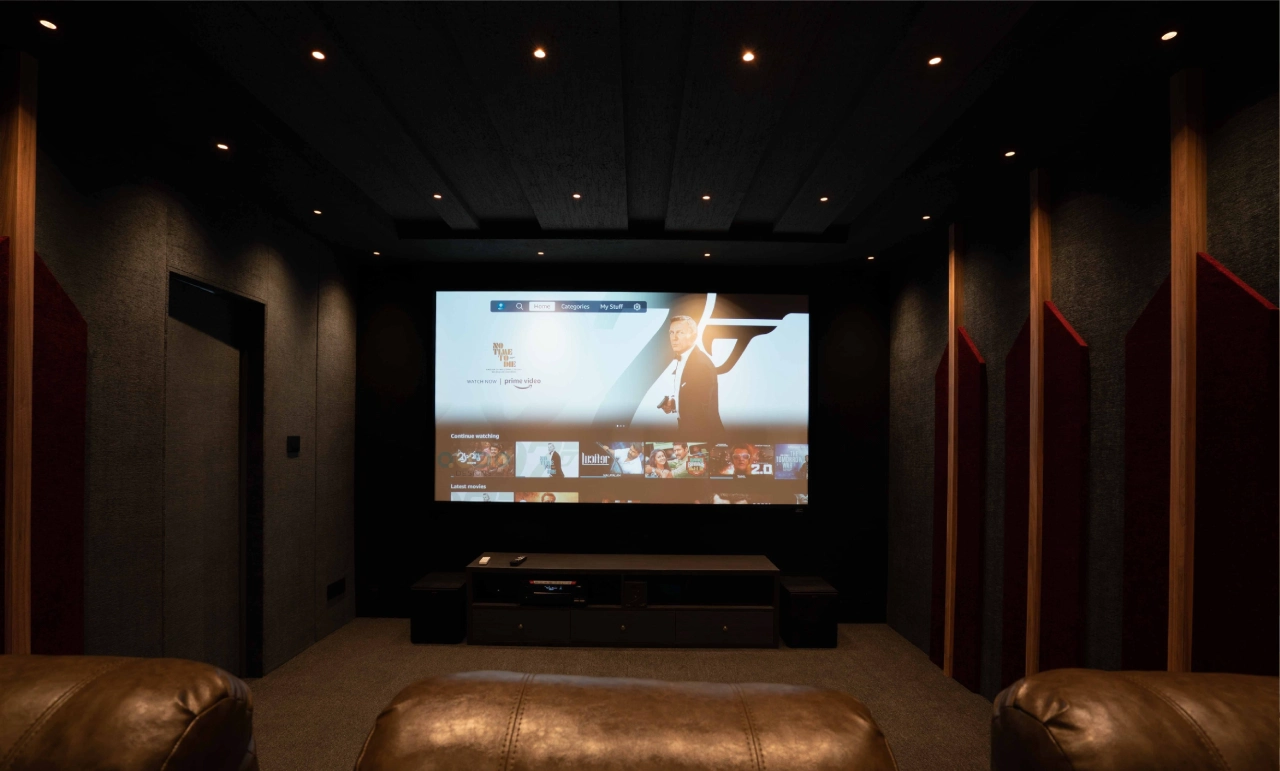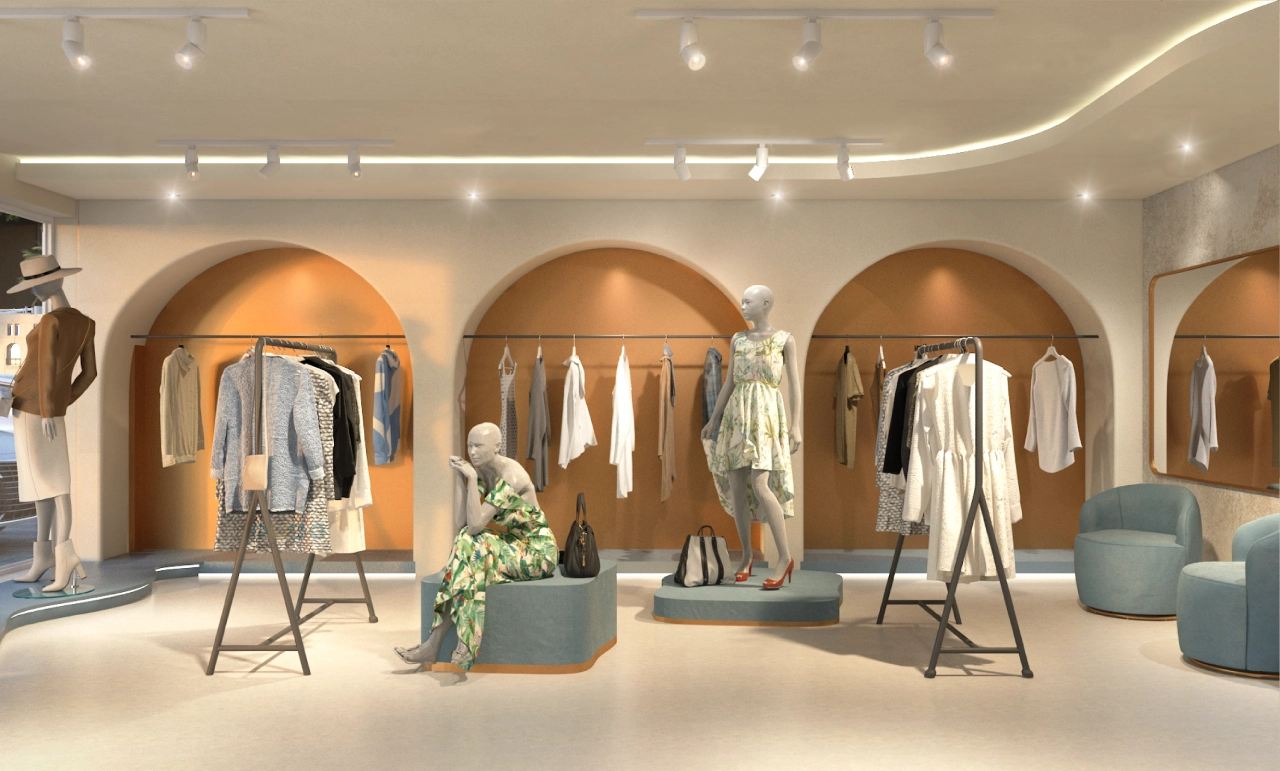
Commercial
The commercial sector encompasses office spaces, corporate headquarters, co-working spaces, and other business-related environments. The primary goal in commercial interior design is to create functional, efficient, and aesthetically appealing environments that promote productivity, comfort, and a positive brand image. These projects often focus on creating spaces that reflect a company’s culture, encourage collaboration, and improve employee well-being. The design can range from sleek, modern offices to creative, open-plan spaces, depending on the type of business.

Education Sector
In educational interior design, the focus is on creating environments that foster learning, creativity, and collaboration. Whether designing classrooms, libraries, auditoriums, day care, kindergarten or student lounges, the goal is to design spaces that are functional, flexible, and conducive to both individual study and group activities. A thoughtful design in schools, universities, and training centers also incorporates elements that promote inclusivity, comfort, and safety for students, teachers, and staff.

Entertainment Sector
Interior design for the entertainment industry is all about creating spaces that immerse and engage visitors. This includes theaters, cinemas, concert halls, theme parks, and gaming venues. The aim is to create environments that enhance the entertainment experience, making the audience feel like they’re part of the action. The design can involve elaborate set designs, sound and lighting integration, and a strong focus on ambiance to ensure the atmosphere matches the entertainment being provided.

Food & Beverage
Interior design in the F&B sector is critical to creating an atmosphere that enhances the dining experience and attracts customers. Whether designing a casual café, an upscale restaurant, or a trendy bar, F&B spaces must balance functionality with aesthetics. The design needs to complement the type of cuisine, the brand's identity, and the customer experience. The focus is on comfortable seating, efficient kitchen layouts, and an inviting ambiance that keeps customers coming back.

Healthcare and Wellness Sector
Interior design in the healthcare and wellness sector involves creating spaces that prioritize comfort, safety, and efficiency. This includes designing healthcare facilities such as hospitals, clinics, doctor’s offices, wellness centers, spas, and therapy rooms. The design must create a calming atmosphere for patients and visitors while ensuring that medical staff have functional, well-organized spaces to work in. Wellness-oriented design focuses on promoting physical and mental health through natural light, biophilic design, and stress-reducing elements.

Hospitality Sector
Interior design in the hospitality sector focuses on creating memorable and luxurious experiences for guests in hotels, resorts, and other hospitality establishments. The goal is to create spaces that feel welcoming, comfortable, and sophisticated, offering a sense of escape and relaxation. This includes designing guest rooms, lobbies, restaurants, lounges, and event spaces. The design should enhance the guest experience while aligning with the hotel’s brand identity and target demographic.

Retail Sector
Retail design is all about enhancing the customer shopping experience while reflecting the brand’s identity. It involves creating attractive, functional, and engaging environments that encourage customers to browse and make purchases. From high-end luxury boutiques to large retail chains, the interior design needs to align with the target market and product offerings. Thoughtful layouts, creative displays, lighting, and signage all play an important role in retail interior design.
No projects found in the "Commercial" category.

